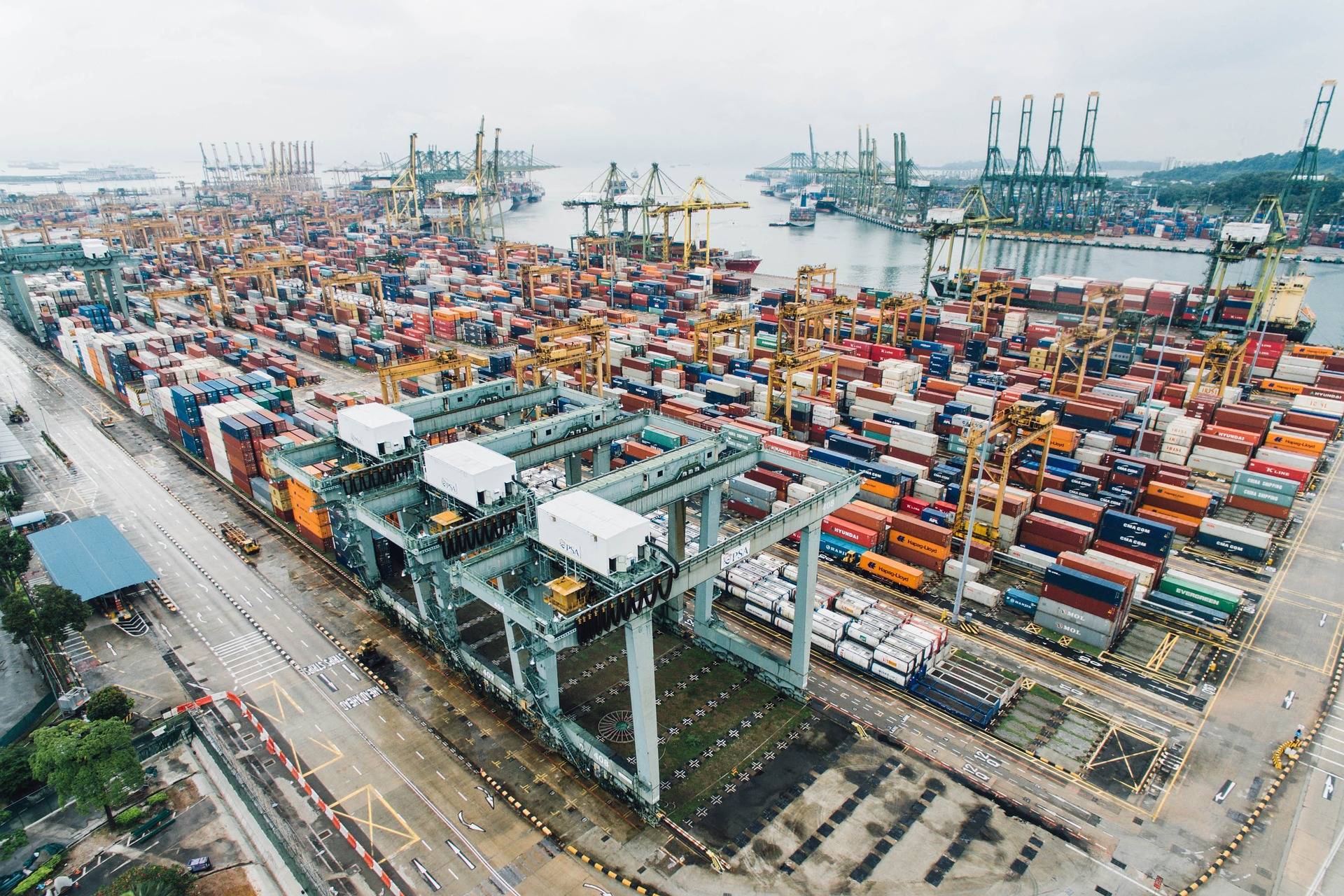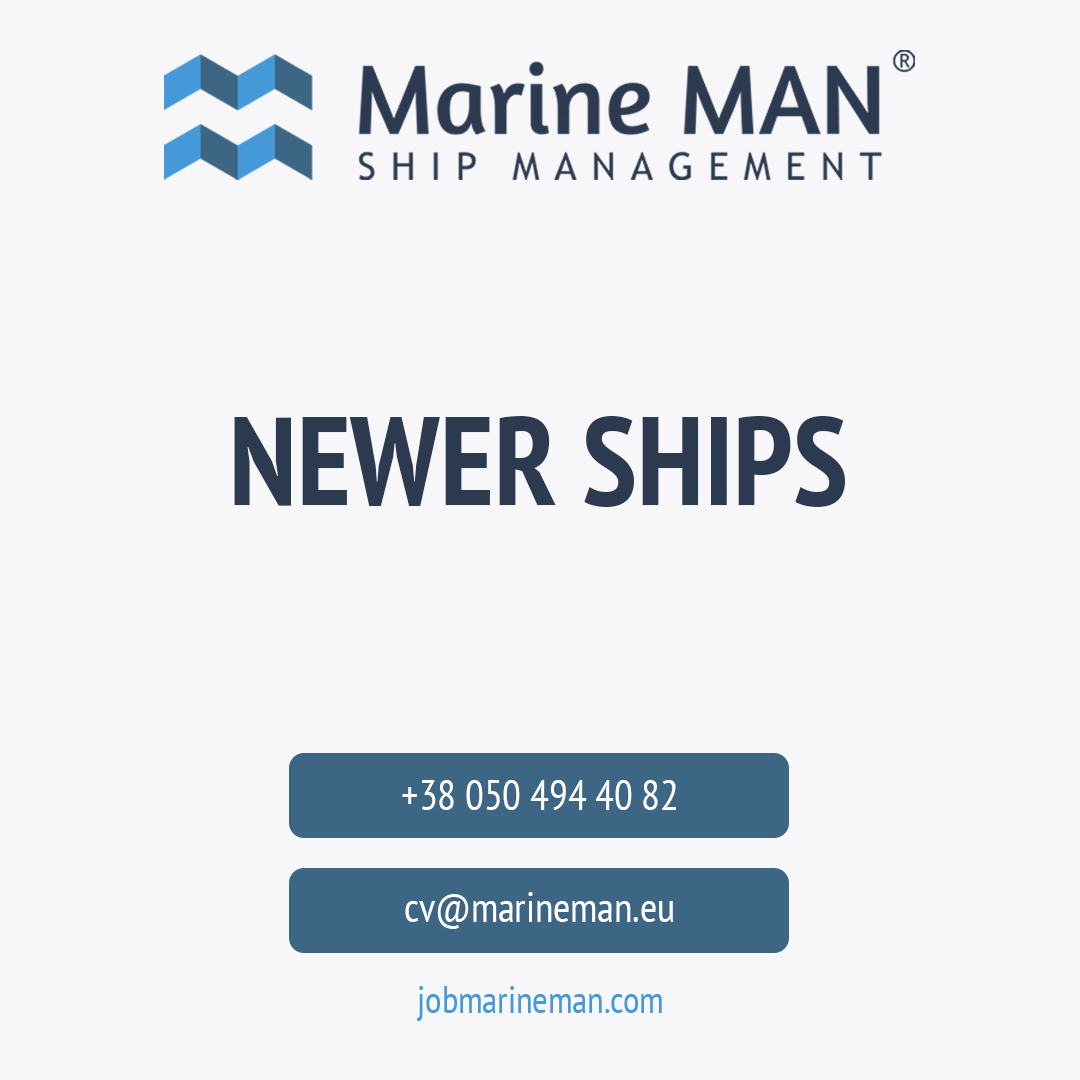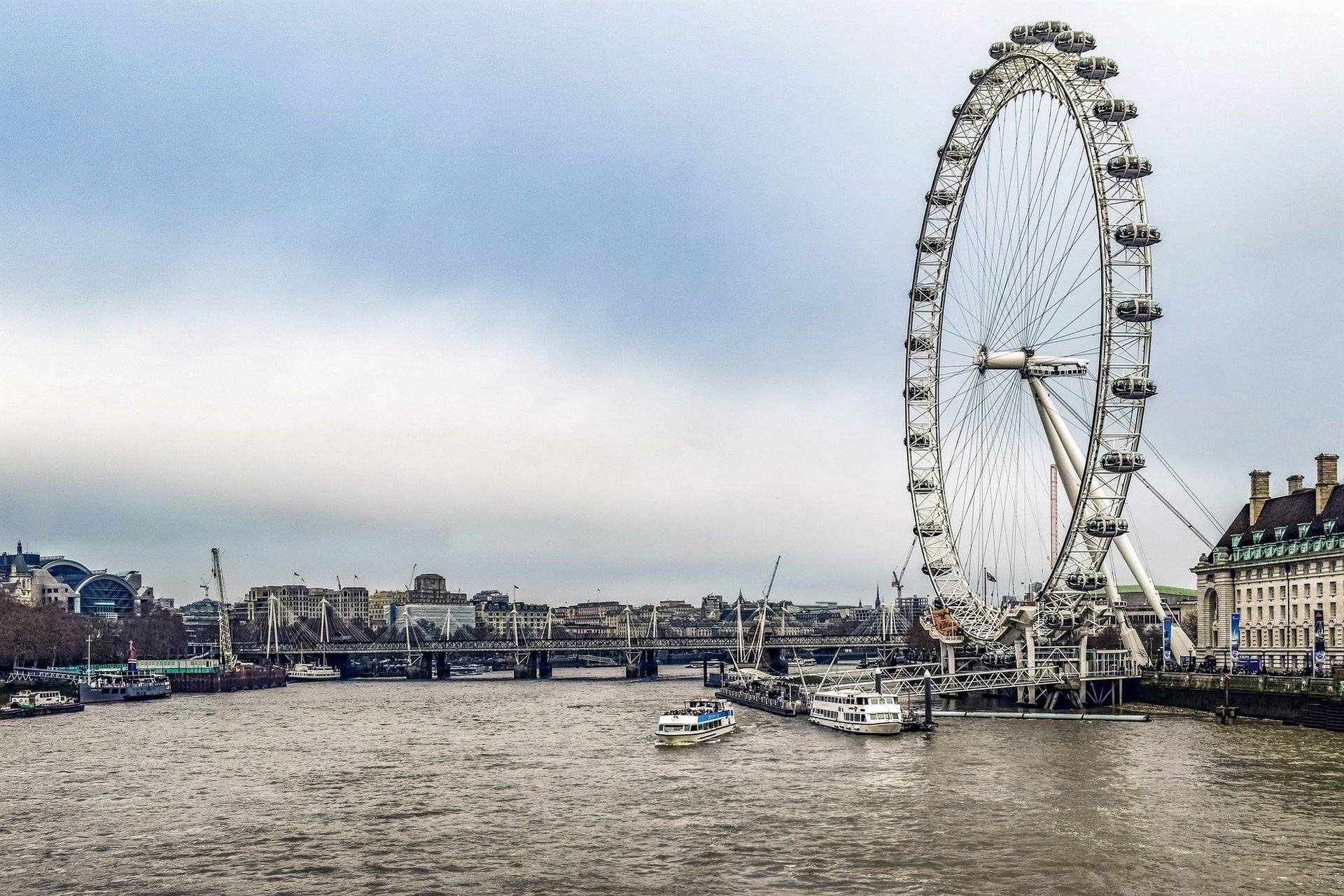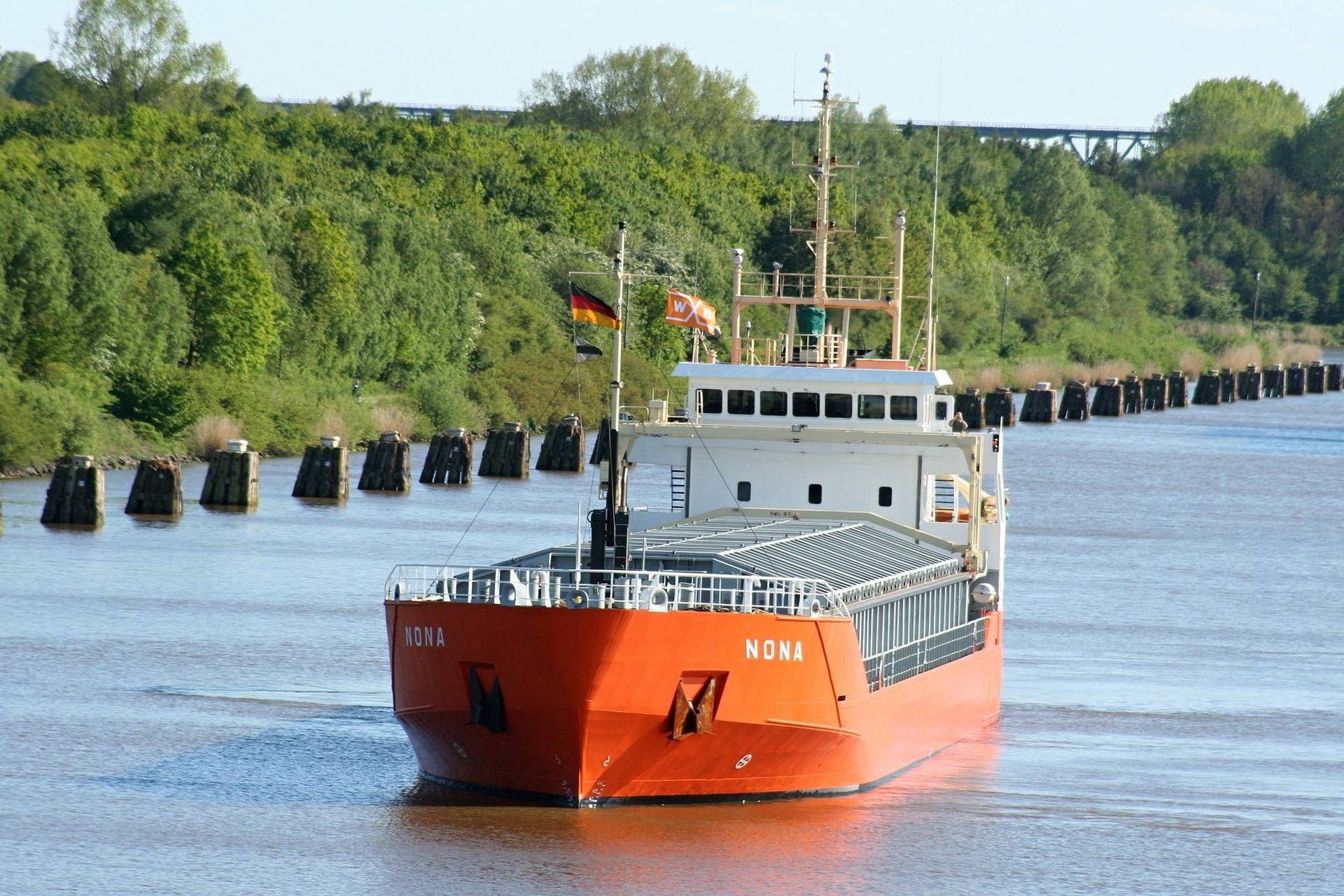Shuttle Tanker Operations

Automatic translation
Shuttle (or shuttle-tanker) tanker ships are a revolutionary development in the field of tanker shipping. This type of tanker makes an invaluable contribution to the offshore oil exploration areas, thereby helping to maintain continued stability in the oil and gas supply chain.
Shuttle tankers were first mobilized and tested in the North Sea when oil exploration in the oceanic zone began in the seventies. Their immediate success led to slow but unequivocal recognition of tankers around the world.
While tankers of this type can be used in any ocean exploration environment, they are best suited for areas that are relatively less accessible to exploration pipelines. Likewise, in areas where severe weather conditions are present most of the time of the year, these vessels can be successfully deployed with positive results.
Features and benefits of shuttle tankers
The features and benefits of shuttle tankers are as follows: Compared to pipelayers, shuttle tankers offer many options. In the event of technical problems or other unforeseen nuances with maintenance, it is necessary to completely shut down the pipeline, which leads to an unnecessary delay. Alternatively, these tankers are equipped with powerful technical support systems to ensure that there are no unwanted stops in the extraction and transport processes.
One of the key advantages of such tankers is the ability to use dynamic positioning to maintain stability during operation. This is facilitated by a modern propulsion system and equipment of thrusters, both aft and bow, to improve the maneuvering of the vessel.
 Shuttle tankers
Shuttle tankers
Shuttle tankers help to better extract the required crude oil and gases without unwanted mixing of oil components, thanks to various methods of transferring the extracted components: through an offshore loading system, which uses floating, production, storage and offshore vessels (FPSO), through SPM buoys (Single Point Mooring ), where several shuttle tankers can load the produced oil; via TLS (Tandem Loading System), where the shuttle tanker connects to the FPSO - bow to stern and via the STL (Submersible Turret Loading) and SAL (Single Anchor Loading) systems, which are used in the harshest and quietest oceanic areas respectively.
An important feature of such tankers is the need for dynamic positioning (DP) systems. These systems are perhaps the most important feature of these types of ships. Thanks to dynamic positioning, all ship maneuvers can be electronically controlled ̶ by computers. In terms of climate assessments, tidal movements and general weather conditions, the statistics are accurate to help better control and mobilize the vessel. With regard to equipping tankers of this type with a dynamic positioning system, three different types of DP systems must be considered. Each option has its own uniqueness, and depending on the suitability of the operator, a particular DP system can be successfully equipped.
There are many shipping companies that have shuttle tankers in their fleet. It is expected that in the coming years, the area of use of these tankers will reach production areas in the waters of Latin America. Looking at these expected trends, one can very well assume that the demand for these types of vessels will be even greater in the coming decades.
In this regard, the Marine MAN Ltd ® crewing company invites experienced senior officers on the shuttle tankers of the Eaglestar company to move up the career ladder and earn decent earnings. Your CV and application can be sent both on the website and on the contact e -mail of Marine MAN Ltd ® - cv@marineman.eu.




